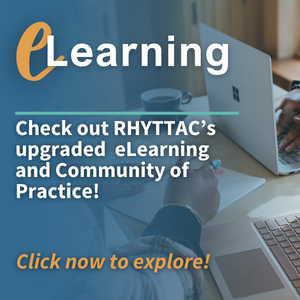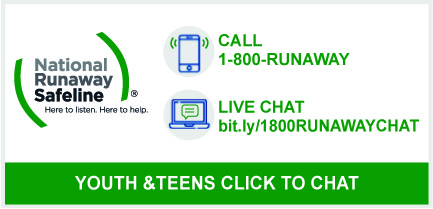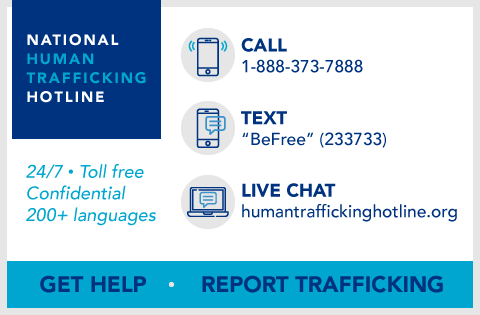|
Intersection of Human Trafficking and Youth HomelessnessAccording to research conducted by Chapin Hall, every year an estimated 4.2 million young people between ages 13-25 experience homelessness, including 700,000 unaccompanied youth ages 13-17 (“Missed Opportunities: Youth Homelessness in America”). Runaway and homeless youth (RHY) are at higher risk of becoming victims of sex and labor trafficking due to their homelessness situation. These youth are perceived as easy targets by traffickers because of their lack of housing, connections, resources, and safety nets. Certainly, human trafficking intersects with youth homelessness in many ways, for example:
It is important that RHY programs enhance their capacity to identify and prevent trafficking. Programs should focus on five key areas including prevention, identification, interventions, effective referrals, and collaboration, by using victim-centered, trauma-informed, and positive youth development approaches.
Identifying youth at risk of or experiencing human trafficking in RHY settings requires programs to use holistic approaches which include formal and informal strategies. Through screenings and assessments, RHY programs can make appropriate referrals and connections with partner agencies to provide the best service team for each young person. This tip sheet explores screening and assessment tools and practices for Runaway and Homeless Youth (RHY) settings.
Download the Tip Sheet (English) A la Oficina de Servicios para Familias y Jóvenes (FYSB) y al Centro de Capacitación y Asistencia Técnica y Desarrollo de Capacidades para Jóvenes Fugitivos y Sin Hogar (RHYTTAC) les complace anunciar la disponibilidad de este recurso en español.
Increase Your KnowledgeLearn more about Human Trafficking by accessing the below resources and tools to assist RHY programs in building their capacity at the intersection of human trafficking and youth who run away or are experiencing homelessness or housing instability. |
|
National Human Trafficking Hotline |
|
National Runaway Safeline |
|
Blue Campaign |
Looking for more information or support on how to incorporate effective human trafficking prevention and intervention practices into your programs? Request individualized Technical Assistance or contact us at [email protected].










